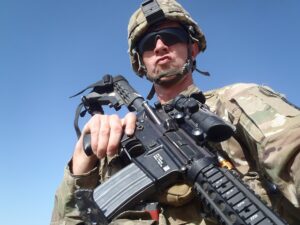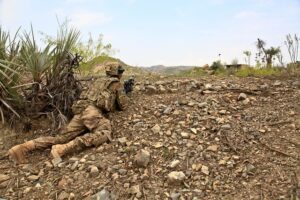
Flashlights For Search And Rescue Operations are essential tools for SAR teams, providing critical illumination in dark or low-light conditions. These flashlights are designed to be highly durable and impact resistant, ensuring they can withstand the rigorous demands of rescue work. They offer both spot and flood beam options to adapt to various environments and tasks, from scanning large areas to navigating through tight spaces. Advanced features like long battery life, adjustable intensity settings, and specialized LED colors (red or green) help maintain operational darkness and extend the usability of these lights during prolonged missions. Specialized training for SAR teams in flashlight usage ensures that rescuers can effectively utilize their equipment to improve search efficiency and increase the chances of successful rescues. The integration of user-replaceable batteries and robust construction further enhances the reliability of these flashlights, making them indispensable for the critical task of locating individuals in need of assistance.
When disaster strikes, or individuals find themselves lost in the dark, the critical role of flashlights for search and rescue (SAR) operations cannot be overstated. This article illuminates the indispensable features of high-quality flashlights tailored for SAR missions, emphasizing their advanced LED technology, robust battery performance, and exceptional durability. We delve into selecting the optimal beam type for effective search patterns and explore practical applications in real-world scenarios. Additionally, we discuss the importance of proper training and best practices to enhance operational efficiency with these vital tools. Flashlights for Search and Rescue Operations are not just devices; they are beacons of hope, guiding rescuers through darkness to those in need.
- Essential Features of High-Quality Flashlights for Search and Rescue
- The Role of Advanced LED Technology in SAR Missions
- Battery Performance: Maximizing Runtime for Extended Operations
- Durability and Impact Resistance: Ensuring Reliability Under Harsh Conditions
- Selecting the Right Beam Type for Effective Search Patterns
- Practical Applications: Flashlights in Real-World SAR Scenarios
- Training and Best Practices for Operational Efficiency with Flashlights
Essential Features of High-Quality Flashlights for Search and Rescue

High-quality flashlights play a critical role in search and rescue operations, particularly in environments where visibility is severely limited. When selecting a flashlight for this purpose, it’s crucial to prioritize features that enhance both the user’s safety and the efficiency of the search. A robust and durable design ensures the flashlight can withstand harsh conditions, including water and impact resistance. This reliability is paramount when navigating through potentially hazardous environments to reach survivors.
Moreover, a high-intensity beam with adjustable brightness settings is essential for illuminating dark spaces without causing disorientation or temporarily blinding individuals being searched. The ability to switch between different light modes, such as a focused spotlight for distant objects and a diffused floodlight for wide area coverage, offers versatility and adaptability to the search conditions. Features like a long-lasting battery with power-saving settings extend operational time, which is critical during extended missions. Additionally, a user-friendly interface allows rescuers to quickly adjust the flashlight’s settings without taking their eyes off the search area or the individual being rescued. LED technology is preferred due to its longevity and resistance to shock, providing consistent performance throughout the operation. Flashlights for search and rescue operations should also be equipped with a securely attached lanyard or strap to prevent dropping and potential damage when in use. Ergonomic design considerations ensure that the flashlight is comfortable to hold over long periods and can be easily operated with gloves on, which is often necessary in cold or hazardous environments.
The Role of Advanced LED Technology in SAR Missions
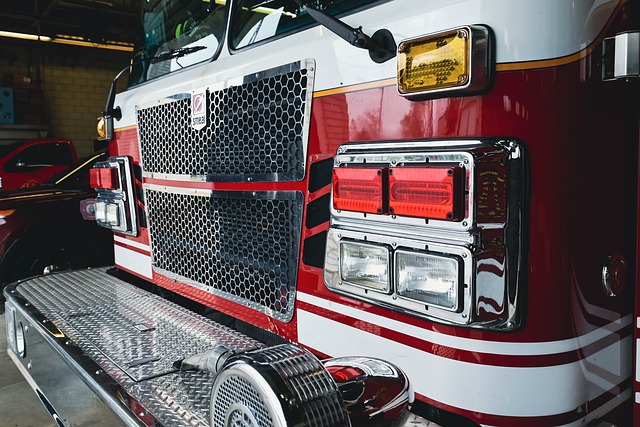
Advanced LED technology has revolutionized the way search and rescue (SAR) teams operate, particularly when it comes to locating survivors in low-light or dark environments. High-intensity LED flashlights for SAR operations are not just a mere replacement for older incandescent bulbs but a leap forward in illumination efficiency and durability. These LED flashlights offer a brighter, more focused beam that can penetrate through dense foliage or fog, which is crucial when searching for individuals who may be disoriented or injured in remote or hazardous areas. The superior light output allows rescuers to quickly identify signs of life and assess the situation without the risk of overheating or rapid battery depletion that was common with older technologies.
Furthermore, the compact and robust nature of these LED flashlights means they can be easily carried on a rescuer’s person, ensuring that every team member has a reliable light source at all times. The longevity of LEDs also means that rescuers can rely on their flashlights for extended periods during operations, which can sometimes last for hours or even days. Advanced features such as variable light modes—ranging from bright floodlights to dimmed beams for conservation of night vision—enhance the versatility of these devices in diverse environments and scenarios. This adaptability is key in SAR missions where conditions can change rapidly, and the ability to quickly adjust lighting levels can make a significant difference in the success of a mission.
Battery Performance: Maximizing Runtime for Extended Operations
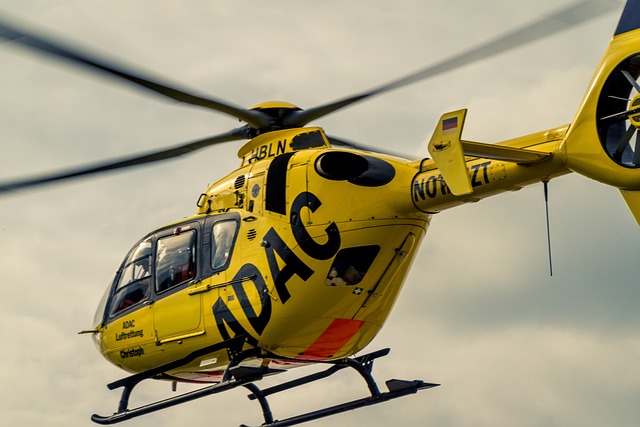
In search and rescue operations, the reliability of a flashlight’s battery performance is paramount when every second counts. High-performance flashlights designed for SAR (Search And Rescue) applications are engineered to deliver extended runtime, which is crucial for prolonged operations in darkness. These flashlights often feature advanced battery technologies that offer longer lasting power compared to traditional alkaline batteries. For instance, lithium-ion and rechargeable batteries not only provide a consistent brightness output but also have the capability to be quickly and efficiently recharged. Additionally, they are designed with thermal regulation systems to prevent overheating, ensuring the device remains operative for as long as necessary. Users can select from various light modes, including high, medium, and low intensities, to manage battery consumption according to the task at hand and the environment’s lighting conditions. This adaptability allows rescuers to extend their operational time without compromising on the light output essential for locating survivors in the most challenging of situations.
To maximize runtime during search and rescue operations, it is advisable to opt for flashlights that offer user-replaceable batteries or have a high-capacity power source. The ability to swap out depleted batteries with fully charged ones can significantly prolong the effective use of the light in the field. Furthermore, some models come equipped with power indicators or even battery meters to keep users informed about remaining charge levels, ensuring that rescuers are never caught off guard by an unexpected dimming of light. In scenarios where stopping to replace batteries is not feasible, flashlights with solar charging capabilities can be a game-changer, harnessing any available ambient light to maintain operational visibility for extended periods. The focus on optimizing battery performance in search and rescue flashlights ensures that rescuers have a reliable beam of light to guide them through the darkness, directly impacting their success in locating and assisting those in need.
Durability and Impact Resistance: Ensuring Reliability Under Harsh Conditions

When every second counts in search and rescue operations, flashlights for finding survivors in darkness must be built to withstand the rigors of harsh environments. A reliable flashlight is more than a tool; it’s an indispensable companion in the field. Its durability ensures that the light endures extreme temperatures, rough terrain, and wet conditions without failure. Impact resistance is equally critical as flashlights are often subjected to drops from great heights or accidental strikes against debris during rescue missions. High-quality materials and robust construction methods are employed to absorb shocks and prevent damage to internal components, ensuring that the light remains operational when it’s most needed. The best search and rescue flashlights are designed with a focus on longevity and resilience, providing consistent illumination even after being exposed to the elements or the stress of use in high-pressure situations. This reliability is not just a feature but a necessity that can mean the difference between a successful operation and an unsuccessful one when locating survivors in darkness. Flashlights For Search And Rescue Operations are engineered to meet the demands of professionals who operate in these challenging conditions, guaranteeing a steady beam of light to guide them through the darkest environments.
Selecting the Right Beam Type for Effective Search Patterns

When conducting search and rescue operations, selecting the right flashlight is paramount for both the rescuers’ safety and the effectiveness of the search patterns. Flashlights for search and rescue (SAR) operations must be equipped with beams that can illuminate various environments without causing disorientation or blinding the individuals being searched for. The beam type is a critical consideration; a focused spotlight is ideal for scanning large areas quickly, while a floody beam allows for better visibility in confined spaces and around potential hazards.
The intensity and spread of the light are influenced by the flashlight’s lens design and beam reflector. For instance, a narrow floodlight can provide a balance between a focused beam and a wide illumination area, making it versatile in diverse search environments. Additionally, the ability to adjust the beam type or switch between modes can enhance adaptability during operations. A red or green beam can preserve night vision and is less disorienting to individuals who may be disoriented or injured. In SAR scenarios, the right flashlight not only aids in locating survivors but also ensures the safety of the rescue team as they navigate through unpredictable terrain in darkness. It’s crucial to choose a flashlight that offers multiple beam options and is durable enough to withstand the rigors of search and rescue operations.
Practical Applications: Flashlights in Real-World SAR Scenarios
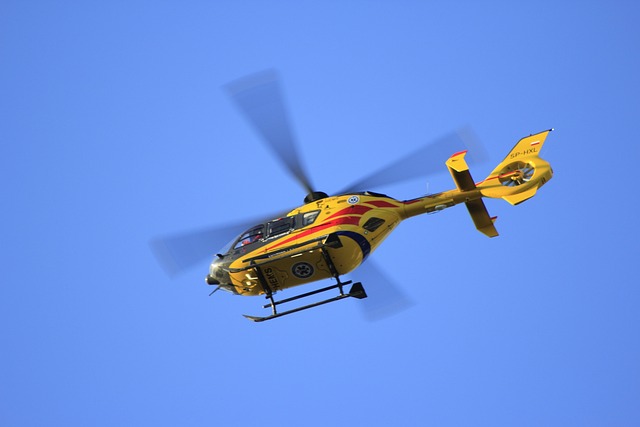
Flashlights have long been indispensable tools in search and rescue (SAR) operations, serving as beacons of hope amidst darkness and danger. Their compact size allows rescuers to navigate through cramped spaces or narrow paths where larger equipment might not fit. In real-world SAR scenarios, the effectiveness of flashlights for Search And Rescue Operations is paramount. They enable personnel to illuminate areas of interest without emitting light patterns that could interfere with night vision. The high-intensity beams can reveal details in a scene, such as signs of life under debris or markings on a rugged terrain, which are crucial for the success of a rescue mission. Flashlights also offer versatility, from traditional designs to modern LED models that provide longer battery life and more focused light distributions. The durability and robust construction of these lights ensure they can withstand the harsh conditions often encountered during SAR operations, such as water exposure, extreme temperatures, and rough handling. In situations where every second counts, a reliable flashlight can make the difference between a successful rescue and a tragic outcome, highlighting their critical role in the arsenal of SAR teams worldwide.
Furthermore, the evolution of flashlight technology has led to the integration of advanced features, including red or green LEDs that maintain the perpetual darkness necessary for night operations without blinding survivors or wildlife. The ability to adjust the intensity of the light allows rescuers to conserve battery life during extended searches. Additionally, some models are equipped with hands-free capabilities or can be mounted on helmets, freeing up the rescuer’s hands to perform critical tasks. In scenarios where visibility is minimal and time is critical, flashlights for Search And Rescue Operations remain an essential tool, allowing teams to effectively scan environments, communicate visual findings, and ultimately, locate and rescue those in need with greater efficiency and precision.
Training and Best Practices for Operational Efficiency with Flashlights
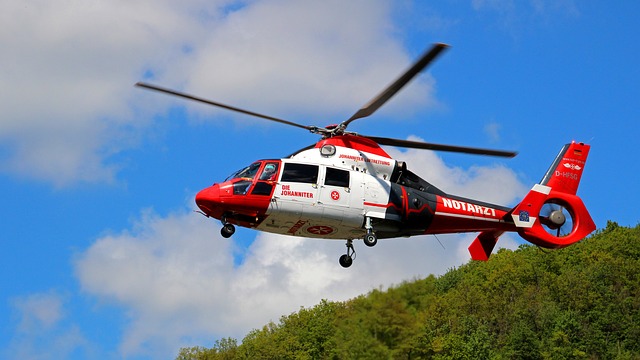
Flashlights play a pivotal role in search and rescue (SAR) operations, especially when navigating through dark environments to locate survivors. To maximize operational efficiency with flashlights during SAR missions, it is imperative for rescuers to undergo specialized training. This training encompasses not only the technical aspects of using different types of flashlights but also understanding their limitations and capabilities. For instance, familiarity with varying beam patterns allows rescuers to quickly assess an area’s expanse or focus a tight beam on a specific location where a survivor might be concealed. Additionally, knowledge of flashlight maintenance—such as battery replacement and cleaning—ensures that the equipment functions optimally when needed most. Best practices for operational efficiency include selecting flashlights with user-replaceable batteries, durable construction to withstand harsh conditions, and those that offer adjustable intensity settings to conserve power or enhance visibility as required. Moreover, rescuers should practice using flashlights in simulated environments to gain proficiency in handling them under stress and to optimize their search patterns for effectiveness and speed. By integrating these training sessions and best practices into routine SAR operations, the chances of successful survivor location are significantly improved.
In conclusion, flashlights designed specifically for search and rescue (SAR) operations represent a critical tool in the arsenal of first responders. The integration of advanced LED technology and careful consideration of battery performance ensure that these flashlights deliver high-quality illumination for extended periods, adapting to the demands of real-time rescues. Their durability and impact resistance are paramount, as they must endure the unpredictable environments where survivors await discovery. Selecting the right beam type is essential for effective search patterns, enhancing the ability of SAR teams to navigate effectively in darkness. The practical applications of these flashlights are evident in real-world scenarios, where they are indispensable. With proper training and adherence to best practices, these lights serve as a beacon of hope, guiding rescuers to those in need swiftly and safely. Investing in the right equipment and knowledge for flashlights for SAR operations can make a significant difference in the outcome of missions and the lives saved.




